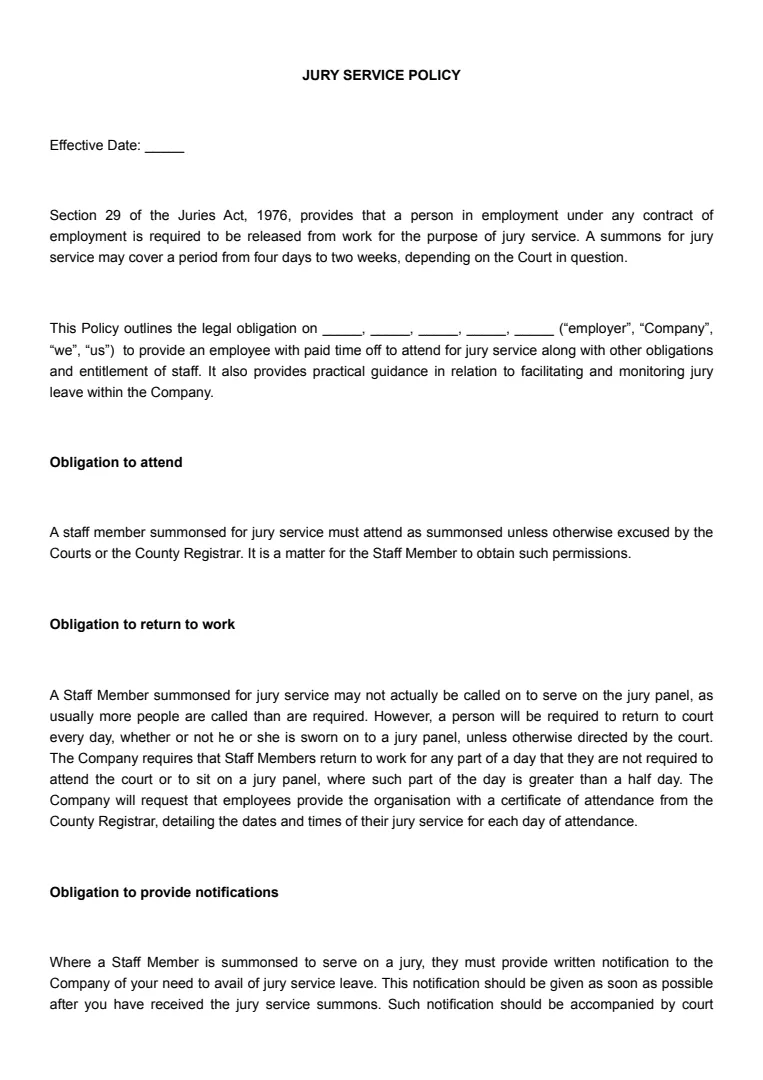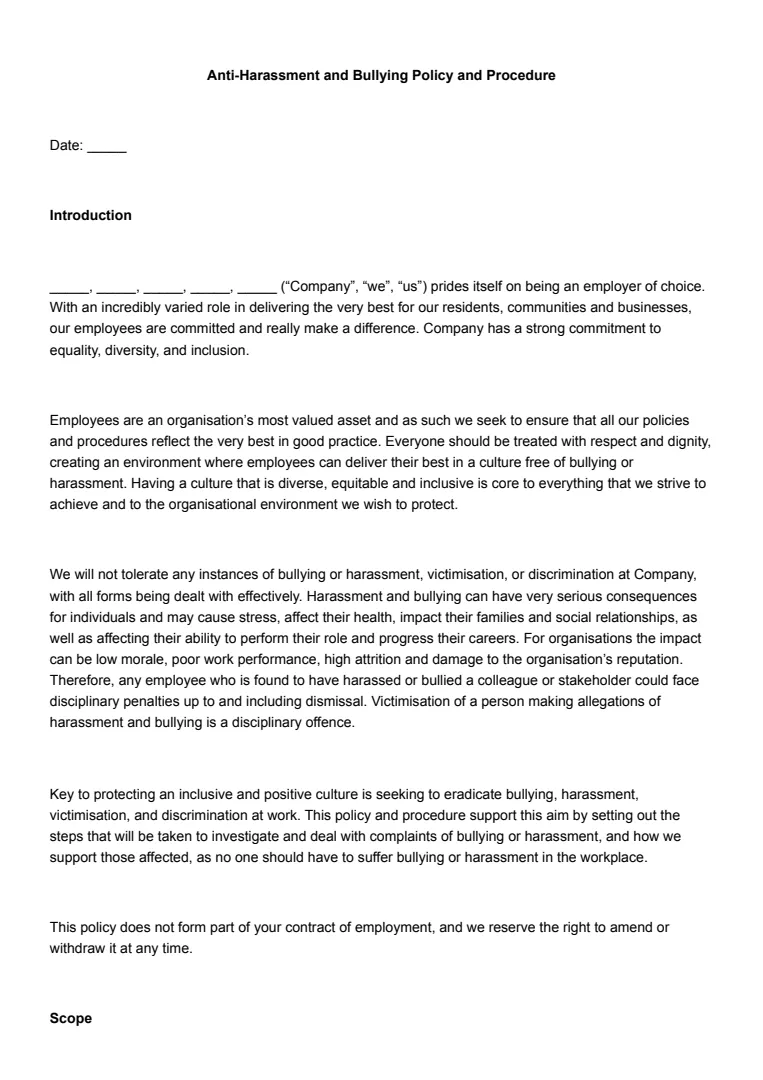What Is an Anti-Bribery and Corruption Policy?
An anti-bribery and corruption policy outlines how your organisation tackles bribery and corruption. It ensures everyone understands what's acceptable and what's not. Essentially, it helps in maintaining ethical standards across all operations.
This kind of policy is crucial for obeying laws like the UK’s Bribery Act 2010. This act makes it illegal to offer, give, or accept bribes. Your policy should clearly define these acts so no one is left guessing.
Key components often include specific guidelines on gifts and hospitality. For example, you might need to report any gifts that are received over a certain value. This can prevent any perception of excessive influence.
Additionally, describing procedures for reporting suspicious activities is vital. Your employees should feel comfortable flagging issues without fear of retaliation. Having a whistleblower mechanism encourages transparency and helps you nip risky behaviours in the bud.
Sometimes, these policies might highlight training requirements. Training makes sure everyone in your organisation understands the policy and the personal responsibility they hold.
Including examples of actions that could be seen as bribery helps clarify expectations. Think lavish gifts, extravagant trips, or expensive dinners – all could be seen as attempts to sway decisions if not handled properly.
When Is an Anti-Bribery and Corruption Policy Needed?
If your company operates in regions with high corruption levels, an anti-bribery policy is essential.
Some industries naturally face higher risks, like construction, oil, and pharmaceuticals. The policy helps address specific bribery risks you might encounter.
When you're expanding into new markets, consider implementing a policy.
Different countries have varied regulations and practices. Having a clear policy helps you navigate these differences carefully and legally.
Do you interact regularly with government officials or entities? In that case, an anti-bribery policy is a must. Such interactions can come with increased scrutiny, and having guidelines in place ensures transparency.
If your business relies on third-party agents or contractors, you're exposed to potential misconduct. An anti-bribery policy outlines expectations and conducts due diligence, reducing corruption risks associated with third parties.
Regularly engaging in gifts and hospitality? Without clear guidelines, these areas can become grey zones. A policy helps determine what's acceptable and sets boundaries for your staff.
Investing in a robust anti-bribery framework signals to stakeholders that you're committed to ethical practices. It safeguards your reputation and builds trust with clients and partners.
Facing increased competition in your sector? Companies might resort to unethical practices to gain an edge. Your policy ensures that you remain compliant and above board, even when pressure mounts.
How to Write an Anti-Bribery and Corruption Policy
Creating an anti-bribery and corruption policy may seem daunting at first. By following these steps, you can create a clear and comprehensive policy for your business.
Step 1: Create a Commitment Statement
Start with a clear commitment statement expressing your organisation’s dedication to preventing bribery and corruption.
This sets the tone for your policy and emphasises its importance to all stakeholders.
Step 2: Conduct a Risk Assessment
Identify areas where your organisation might be vulnerable to bribery or corruption.
Review processes and relationships that present potential risks and use this information to tailor your policy accordingly.
Step 3: Implement Due Diligence Procedures
Establish thorough due diligence procedures by checking the backgrounds of potential partners, contractors, and employees.
Ensuring they align with your ethical standards helps prevent fraudulent activities and safeguards your organisation’s reputation.
Step 4: Define Offences and Consequences
Clearly detail what counts as bribery or corruption, along with the penalties for engaging in such activities.
Providing specific examples and consequences keeps everyone informed about unacceptable behaviour.
Step 5: Establish Clear Reporting Mechanisms
Define confidential and accessible channels for reporting suspected bribery or corruption.
Encouraging transparency and offering anonymity when needed will build trust and enhance organisational integrity.
Step 6: Develop a Staff Training Programme
Create a training programme to equip staff with the knowledge and resources they need to recognise and avoid bribery and corruption.
Regular training sessions reinforce the policy’s importance and help keep employees informed.
Step 7: Monitor and Review the Policy
Establish a process for periodic monitoring and review of the policy’s effectiveness.
Regular checks ensure the policy remains relevant and can be adjusted as needed to reflect regulatory changes or new risks.
You can use an anti-bribery and corruption template for the UK as a guide.













